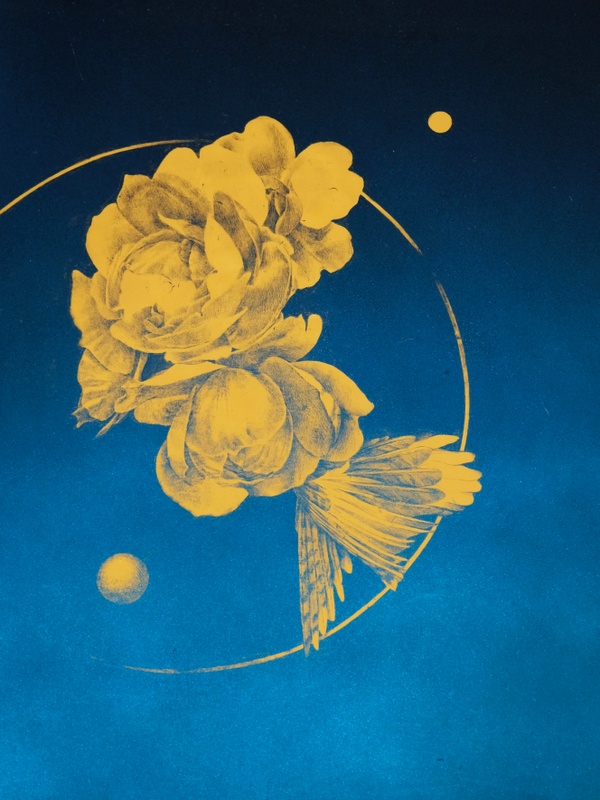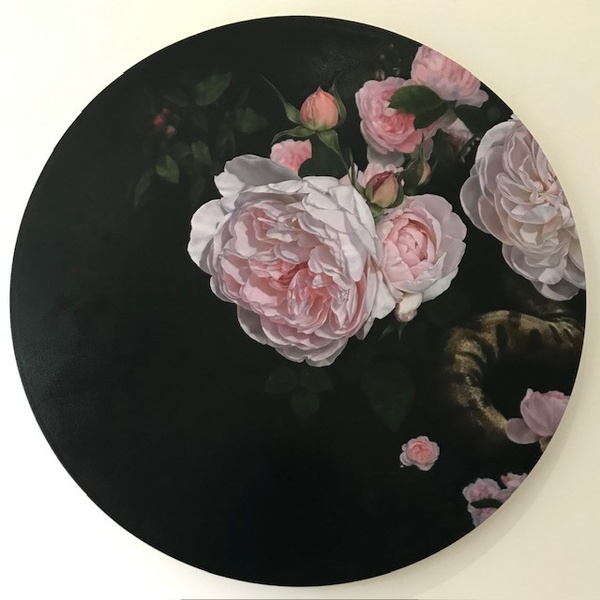Yuki Aruga
Yuki studied fine art painting at Wimbledon School of Art and Camberwell College of Arts, graduating with a first-class honours degree in 2008. In 2021 she completed an MA in Fine Art with Distinction at the City & Guilds of London Art School, then was awarded a one year Painter-Stainers Decorative Surfaces Fellowship at the same institution. She received training in a range of techniques, including verre églomisé, gilding, faux marbling and Japanning, and some of these techniques are integrated into her work.
Informed by personal experiences and mixed Japanese-British heritage, her practice addresses notions of loss, longing and identity, and she draws inspiration from nature as well as Japanese and European still life paintings and religious iconography of the 16th-18th century.
Yuki has participated in numerous exhibitions and art fairs around the world and she held a solo exhibition of recent paintings, sculptures and decorative works last year at a Mayfair Gallery.
www.yukiaruga.co.uk
@yuki.aruga







